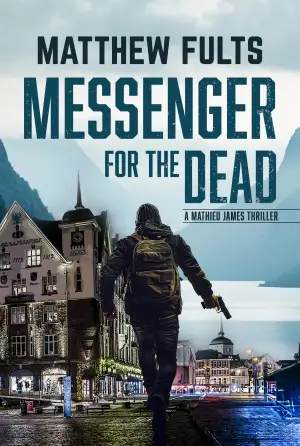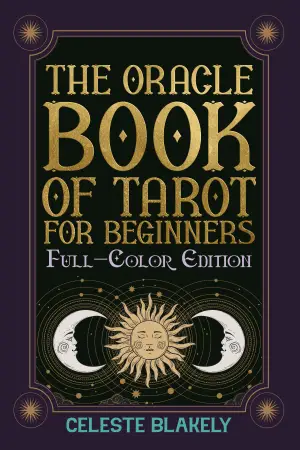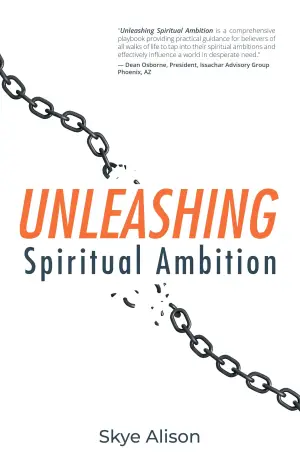Engaging with "Friends of the Museum" by Heather McGowan: A Journey Through Complexity
When I stumbled upon Heather McGowan’s Friends of the Museum, it was a glowing post on social media that first drew me in. The cover art was striking—a true piece of visual intrigue that hinted at the depths within. My curiosity piqued, I wanted to experience this canvas of lives within the walls of a New York museum. However, I quickly learned that this novel is not just a beautiful façade; it confronts the weighty themes of substance abuse, bigotry, and personal entanglements. Thus, I feel it’s essential to mention upfront that those sensitive to such matters should approach this book with caution.
As I dove into the narrative, I found myself wandering through the intricate lives of the museum’s employees—a diverse cast of characters all grappling with their own ghosts. McGowan brilliantly interweaves the personal struggles of each character, presenting them as complex individuals rather than mere tropes. There’s a certain beauty in how their lives unfold over a span of just 24 hours, each hour revealing more about their motivations, failures, and fragile hopes. While reading, I often felt like a voyeur in a gallery of human emotions, ruminating on how each seamlessly interconnected the broader themes of longing, guilt, and the innate desire for connection.
The structure of the novel fascinated me. Clocking in at just under 500 pages, the pacing varied dramatically. Sometimes, time flew as I devoured segments, while at other points, it felt as if I were grappling with the weight of their truths. This ebb and flow, I came to realize, mirrored life itself—where moments can stretch or rush past us based on our emotional state.
McGowan’s narrative style is one I found particularly compelling. She exhibits a keen understanding of character development, almost allowing readers to feel the weight of each decision made by her characters. For instance, the character Diane provoked frustration with her selfish tendencies, while Iona’s deliberate incompetence left me bewildered, grappling with sympathy and judgment in equal measure. Every character felt disturbingly real, reminding me of people I’ve encountered in my own life, thus adding layers of depth to my reading experience.
One of the most resonant moments in the book was when I realized that there are no clear heroes or villains. McGowan doesn’t offer simple moral lessons but rather invites readers to reflect on their own flaws and the complexities of human behavior. Each character embodies facets of myself or people I know, and their narratives reminded me of the common threads we all share amidst our struggles.
As I turned the final pages, I emerged not only with a sense of closure regarding these characters but also with a deeper understanding of my own life’s intricacies. The novel stands as a poignant reminder of the significance of embracing the human experience—all its stark realities and surreal moments.
Friends of the Museum is a rich tapestry of life that will resonate with readers who appreciate character-driven narratives filled with genuine emotions. I believe it will particularly appeal to those who relish stories about the tangled web of human existence and don’t shy away from confronting uncomfortable truths. I am grateful for the chance to immerse myself in McGowan’s world, and I hope to find that mysterious figure who first captured my attention with this book so I can thank them for leading me on this profound journey.
In short, if you’re ready to explore the beauty and chaos that life presents, take a stroll through the museum of human experience McGowan has so artfully crafted. You just might find reflections of your own story within its walls.
Discover more about Friends of the Museum on GoodReads >>






